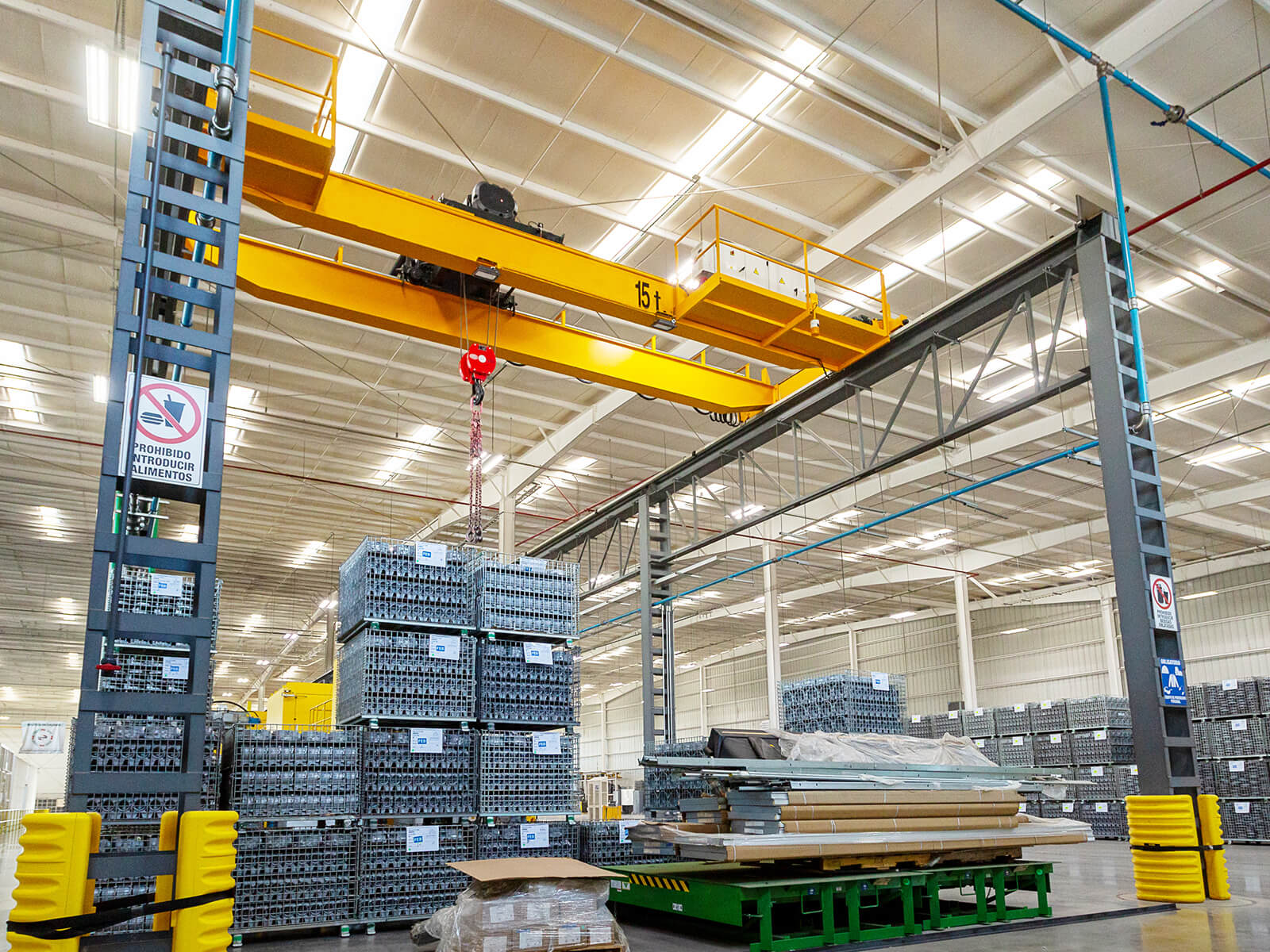In the industrial park environment, risk assessment has become a critical priority to ensure operational stability and efficiency. Supply chain risks can have severe consequences, ranging from production delays to significant financial losses. Therefore, it is crucial for purchasing departments to develop a robust strategy to identify, evaluate, and mitigate these risks.
Risk assessment involves identifying and analyzing potential hazards that could impact the supply chain. This practice not only helps prevent problems before they arise but also allows organizations to develop effective contingency plans to address any unforeseen challenges.

Operational risks in industrial parks
Industrial parks face a variety of operational risks that can affect the continuity of their operations. These risks can be categorized into several types:
Logistical risks: These include issues related to the transportation and distribution of goods. Delays in transportation, supply route disruptions, or failures in logistical infrastructure can significantly impact the supply chain.
Supplier risks: Dependence on external suppliers presents risks such as material shortages, quality issues, or failure to meet delivery deadlines. Evaluating and managing suppliers is essential to mitigate these risks.
Financial risks: These include fluctuations in material costs, changes in exchange rates, and financial problems of suppliers that could affect their ability to fulfill contracts.
Technological risks: Technology plays a crucial role in supply chain management. Failures in IT systems, cyberattacks, or issues with management software can disrupt normal operations and cause significant losses.
Regulatory and compliance risks: Changes in government regulations and compliance standards can impact the supply chain. It is important to stay updated on current laws and regulations to avoid penalties and ensure compliance.
Purchasing management in risk assessment
Purchasing management is an essential component of supply chain risk assessment. This process involves not only the acquisition of goods and services but also plays a crucial role in key points of the supply chain. How a purchasing department manages its responsibilities can determine the resilience and stability of the entire logistics operation.
Importance of purchasing management
Purchasing management is a critical function in risk assessment because it serves as the first line of defense against potential problems in the supply chain. An effective purchasing department can help mitigate operational risks through a series of key practices and strategies.
Purchasing management involves acquiring goods and services, as well as evaluating and selecting suppliers, negotiating contracts, and continuously monitoring supplier performance. By doing so, purchasing departments can ensure that suppliers meet quality standards and delivery timelines, thus reducing the risk of supply chain disruptions.
Purchasing Management Strategies
To effectively manage the risks associated with the supply chain, purchasing departments should implement the following strategies:
Supplier diversification: Relying on a single supplier can be risky. Diversifying the supplier base reduces the risk of supply chain disruptions in case of issues with a specific supplier.
Supplier evaluation and selection: It is crucial to evaluate potential suppliers based on their ability to meet quality, delivery, and cost requirements. Conducting regular audits and assessing their financial stability are recommended practices.
Contract negotiation: Contracts should be clear and detailed to avoid misunderstandings and future issues. Including penalty clauses for non-compliance and clearly defining delivery and quality terms can protect the company from potential risks.
Continuous monitoring: Purchasing management should include continuous monitoring of supplier performance. This involves regularly reviewing key performance indicators (KPIs) and conducting periodic evaluations to identify and address any potential issues.
Technology implementation: Adopting advanced technologies, such as supply chain management (SCM) systems and risk analysis software, can improve visibility and control over the supply chain. These tools enable better planning and quicker responses to emerging problems.
Procurement, acquisitions, and sourcing administration
Best practices in purchasing administration
Effective administration of procurement, acquisitions, and sourcing is essential for optimizing the supply chain and mitigating risks. Here are some best practices that purchasing departments should consider:
Strategic planning: Develop a strategic plan that aligns purchasing activities with the company’s overall objectives. This includes demand forecasting, inventory management, and contingency planning.
Inventory management: Maintaining an adequate balance between available inventory and projected demand is crucial. Excess inventory can result in additional costs, while a lack of inventory can cause production interruptions.
Cost optimization: A key focus is to seek opportunities to reduce costs without compromising quality. This may include negotiating better prices with suppliers, optimizing procurement processes, and identifying more economical alternatives.
Interdepartmental collaboration: Encourage collaboration between purchasing departments and other key departments, such as logistics, finance, and production. Effective communication and teamwork can improve decision-making and problem-solving.
Risk assessment: Conduct periodic risk assessments to identify and address potential problems in the supply chain. These assessments should include an analysis of emerging risks and the updating of contingency plans accordingly.
Training and development: Invest in continuous training for purchasing staff to ensure they are up to date with best practices and the latest trends in supply chain management.
Internal audits: Implement an internal audit system to review purchasing processes and ensure they comply with established policies and procedures. Internal audits can help identify areas for improvement and prevent potential issues.
Supply chain risk assessment is a critical function to ensure operational continuity and efficiency in industrial parks. A comprehensive approach that includes identifying and managing operational risks, implementing effective purchasing management strategies, and applying best practices in procurement, acquisitions, and sourcing can help organizations mitigate risks and ensure a robust and resilient supply chain.
Investing in advanced technology and interdepartmental collaboration also play crucial roles in optimizing the supply chain. By adopting these practices and approaches, purchasing departments can confidently face the challenges of risk assessment and prepare their organizations for sustained success in a competitive industrial environment. Follow us to learn more about current industry topics.